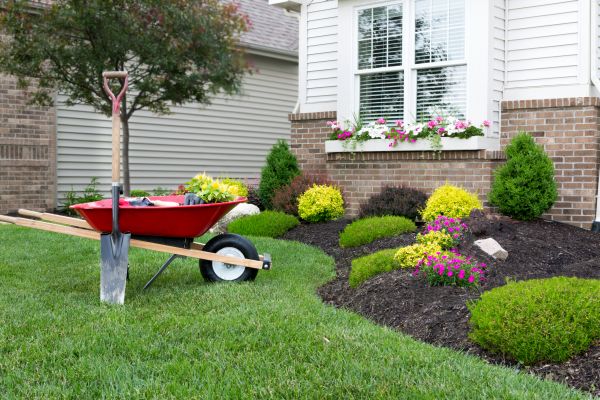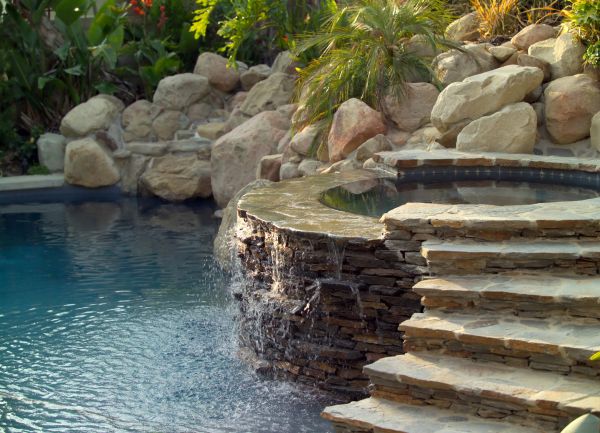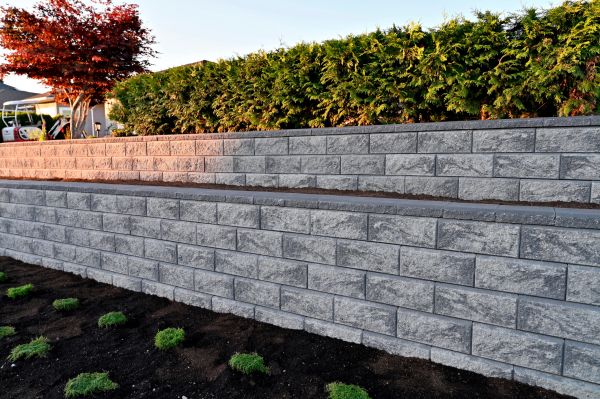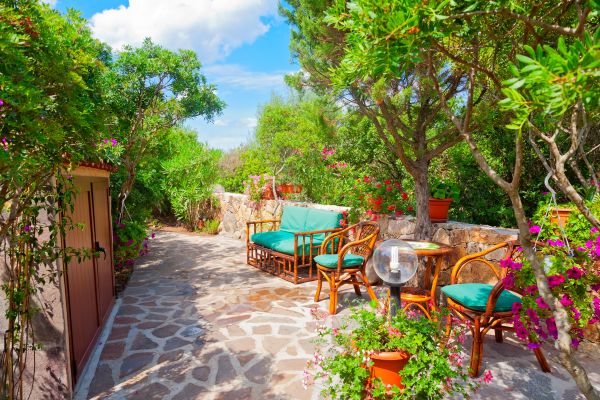Wattle Installation Service
Affordable Wattle Installation
Wattle installation is a highly effective erosion control method that involves the strategic placement of biodegradable wattles—cylindrical bundles made from natural materials like straw, coir, or other fibers—along slopes and disturbed soils. This practice is crucial in stabilizing soil, preventing sediment runoff, and promoting vegetation growth in areas susceptible to erosion. By implementing wattle installation, one can significantly enhance the health and sustainability of the landscape, ensuring that it remains resilient against environmental challenges.
Benefits of Wattle Installation
-
Erosion Control
Wattle installation acts as a physical barrier that reduces the speed of water runoff, thereby minimizing soil erosion. By slowing down the flow of water, sediment is allowed to settle, preventing it from being washed away. This helps maintain the integrity of the landscape and prevents loss of fertile topsoil. -
Sediment Filtration
As water flows through the wattles, they capture and filter out sediments and pollutants. This natural filtration process improves water quality by reducing the amount of sediment and contaminants entering nearby water bodies, thus protecting aquatic habitats. -
Vegetation Support
Wattles provide an ideal environment for seed germination and plant growth. By stabilizing the soil and retaining moisture, they create favorable conditions for vegetation to establish and thrive. This not only enhances the aesthetic appeal of the area but also contributes to long-term soil stability. -
Cost-Effectiveness
Compared to other erosion control methods, wattle installation is a cost-effective solution. The materials used are biodegradable and often locally sourced, reducing transportation costs and environmental impact. Additionally, the installation process is relatively simple, requiring less labor and resources.
FAQs About Wattle Installation
What are wattles made of?
Wattles are typically made from natural materials such as straw, coir, or other biodegradable fibers. These materials are chosen for their ability to decompose naturally over time, enriching the soil as they break down.
How long do wattles last?
The lifespan of wattles can vary depending on the materials used and environmental conditions. Generally, they last between one to three years, which is sufficient time for vegetation to establish and stabilize the soil.
Can wattles be used on any type of soil?
While wattles are versatile, they are most effective on slopes and areas with loose or disturbed soils. They can be adapted to different soil types but are particularly beneficial in environments prone to erosion.
Do wattles require maintenance?
Minimal maintenance is required once wattles are installed. It is advisable to inspect them periodically, especially after heavy rainfall, to ensure they remain intact and effective.
Fill out the contact form today to request Wattle Installation and experience the benefits of professional service. Enjoy the advantages of effective erosion control, improved water quality, and enhanced vegetation support.




